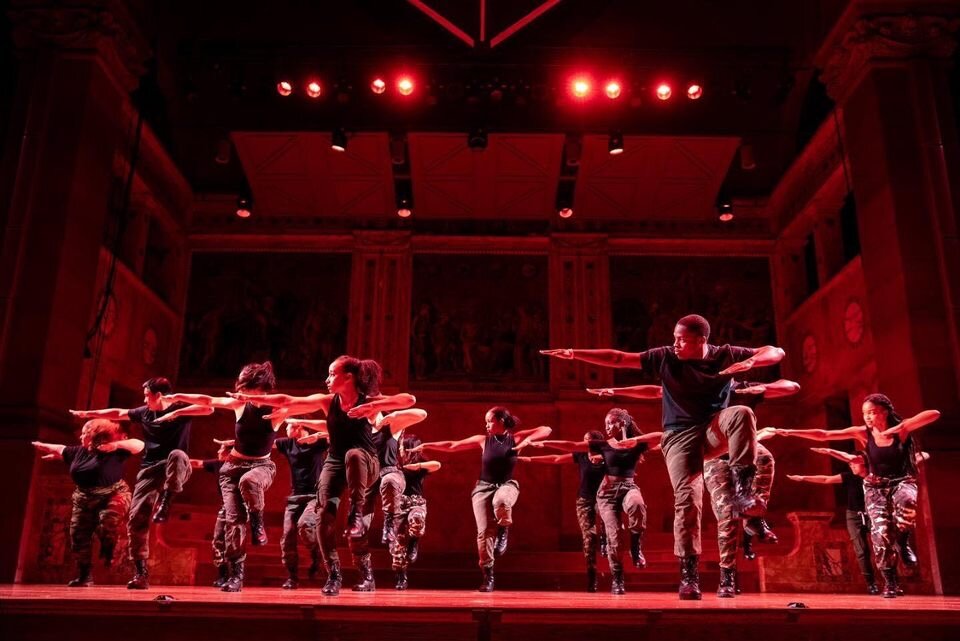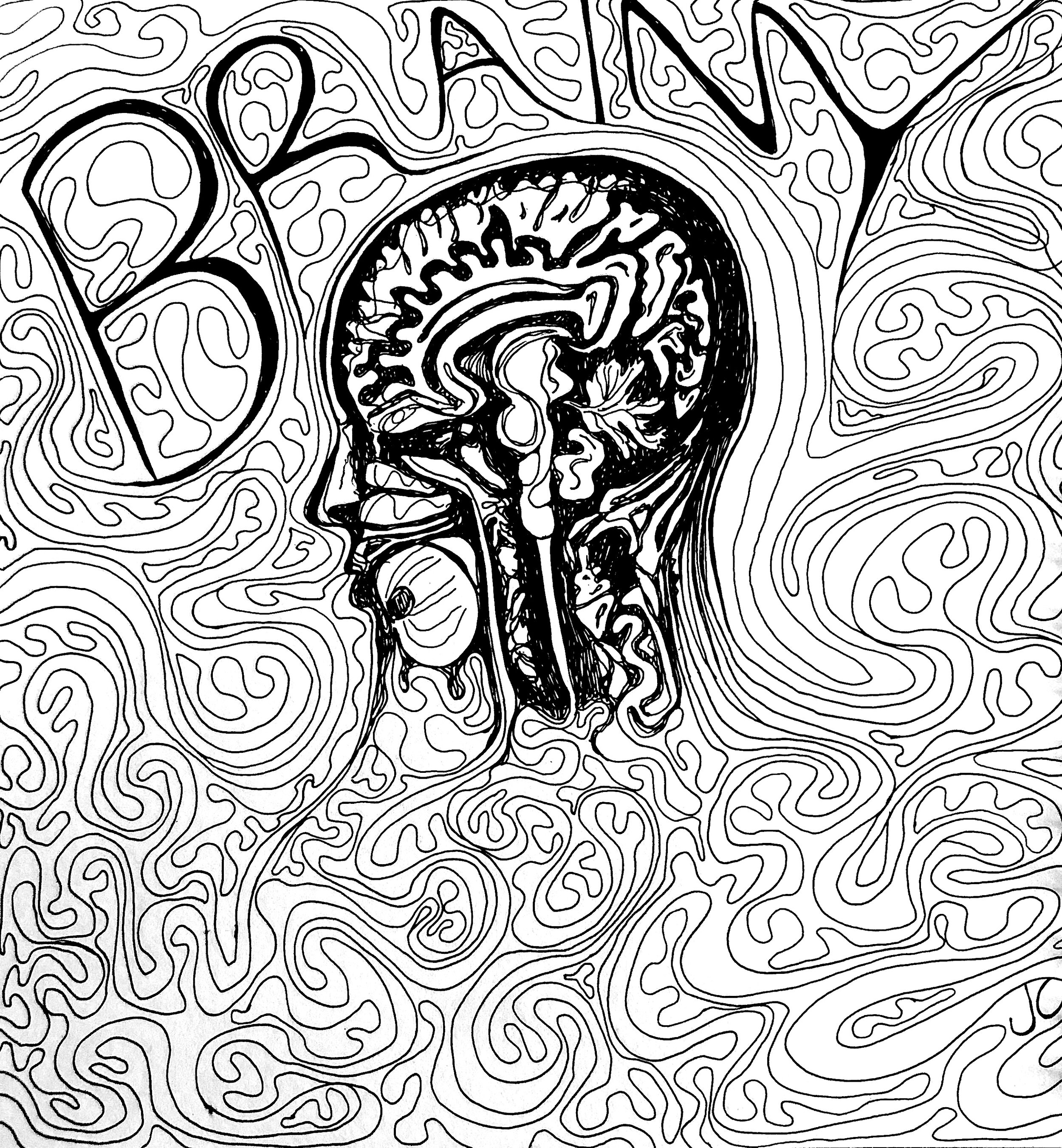On Craft and Process is a multimedia platform where members of the Princeton arts community (alumni, faculty, staff, and students) can investigate the practice of artmaking.
While most publications focus on final products, we’re interested in learning from everything that comes beforehand: ideas, sketches, drafts, and works-in-progress.
Through curated reflections and conversations about the daily realities of pursuing creative work, we hope to build a strong community of artmakers.
We hope that you will join us (and share your stories) as we explore this new space for inquiry, knowledge sharing, and exchange centered on the arts.
Issue V | April 2022 | Editing
This April, we continue our current four-issue cycle of On Craft and Process by bringing you reflections that focus on editing: struggles, successes, questions, and strategies when it comes to revising and completing creative projects.
PA2 News:
Introducing Princeton Arts Alumni’s Mentorship Program
PA2 intern Aishah Balogun ’23 is organizing a pilot a mentorship program for Princeton students interested in careers in the arts. This program is being organized in response to expressed demand by current students for arts-focused career support on Princeton’s campus. Mentors will serve as an adviser to one to three mentee(s). We hope this program will create a connection between students and alumni and facilitate broader knowledge about the pursuing the arts beyond a university setting.
To kick off this program, we asked PA2 staff and subscribers how mentorship has impacted their arts experience. Read the transcript below for their full answers.
Matching for the pilot program has already taken place, but if you’re interested in participating in future sessions, sign up here to express interest in being a mentor or mentee (students or alums who graduated in the last 3 years).
PA2 Podcast
Managing Creativity: A Conversation with Hollywood Literary Manager Ben Neumann ’14
PA2 intern Jingjing Gao ’23 speaks with literary manager at Kaplan Perrone Entertainment Ben Neumann ’14 about his career trajectory, his delights and challenges working as a literary manager, as well as his advice for newcomers to the industry.
























